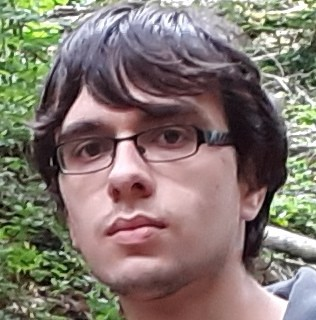Thomas Ceulemans

Office 200D - 04.35
Institute of Astronomy
KU Leuven, Belgium
I am Thomas Ceulemans, a postdoctoral researcher in the group lead by Prof. Jon Sundqvist at the Institute of Astronomy at KU Leuven.
Before starting my Phd, I obtained Bachelor’s degrees in Mathematics and Physics and a Master’s in Mathematics at KU Leuven. Afterwards, I did my PhD at KU Leuven on the topic of radiative transfer in the AGB environment.
My research interests lie in the field of applied numerical mathematics, in particular on how to compute radiative transfer efficiently. I am the current maintainer of the open-source radiative transfer library Magritte.